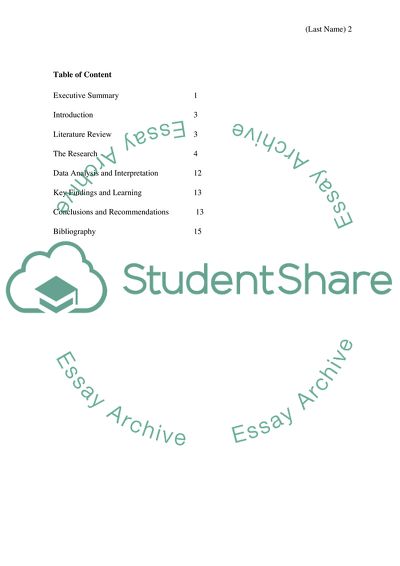Cite this document
(Monetary theory of spain Research Paper Example | Topics and Well Written Essays - 3000 words, n.d.)
Monetary theory of spain Research Paper Example | Topics and Well Written Essays - 3000 words. https://studentshare.org/macro-microeconomics/1792370-monetary-theory-of-spain
Monetary theory of spain Research Paper Example | Topics and Well Written Essays - 3000 words. https://studentshare.org/macro-microeconomics/1792370-monetary-theory-of-spain
(Monetary Theory of Spain Research Paper Example | Topics and Well Written Essays - 3000 Words)
Monetary Theory of Spain Research Paper Example | Topics and Well Written Essays - 3000 Words. https://studentshare.org/macro-microeconomics/1792370-monetary-theory-of-spain.
Monetary Theory of Spain Research Paper Example | Topics and Well Written Essays - 3000 Words. https://studentshare.org/macro-microeconomics/1792370-monetary-theory-of-spain.
“Monetary Theory of Spain Research Paper Example | Topics and Well Written Essays - 3000 Words”. https://studentshare.org/macro-microeconomics/1792370-monetary-theory-of-spain.


